When I was beginning to learn identify birds by name, I used to call these birds “Double-breasted Cormorants.”
When I finally learned the right name, Double-crested Cormorant, I wondered why they were called that. I could discern no crest, double or otherwise.

It wasn’t until Katherine and I were camping at Joseph D. Grant County Park in San Jose that I saw the crest to which the name referred.

These small-goose-sized birds, with their little heads on long necks and large wingspan (approximately 45″ to almost 49″) are probably the most common cormorant in North America.
Their beautiful aqua eyes and orange (or yellow) gular skin make for a striking looking bird — especially during breeding season.
Katherine and I often see these birds perched on a stump or half-submerged log with their wings spread. The cormorant has less preen oil than other water birds so their wings get soaked when they get wet. This may sound like a problem but the cormorant chases fish underwater so it is more likely an advantage. Spreading their wings allows the cormorant to dry them.
Speaking of chasing fish, the cormorant can dive as deep as 24 feet for as long as 70 seconds. The next time I see one dive, I’m going to time him (or her).

During breeding season, Double-crested Cormorants make bulky nests on the ground or in trees.
The male provides the building material (sticks and debris including rope, deflated balloons, fishnets and parts of dead birds 😳) and the female builds the nest. The male may even steal building material from unattended nests.


So many birds may nest in one tree that after a few years, the accumulation of guano on the ground can kill the tree.
I didn’t consider what a juvenile Double-crested Cormorant looked like until I saw a cormorant (seen in the gallery below) trying to land a fish. I wondered if it was a juvenile because it reminded me of the juvenile Pied-bill Grebe who was learning to eat fish. Like the Pied-billed Grebe, this cormorant seemed to be struggling with the fish.
I did some research and found that I was right about this struggling “fisherbird”; the juvenile Double-crested Cormorant is dark gray or brownish on the back with a paler throat and breast and an orange or yellowish bill. This one fit the bill (no pun intended 😉).
When I was preparing this post, I reviewed my cormorant pictures. I was surprised to see that many of them were juveniles. I had made a mistake that I’ve made before–assuming that the differently colored bird was a female. Sexual dimorphism isn’t present in every bird species.
For the sake of completeness, let’s take a brief look at two other cormorants seen around these parts…
Brandt’s Cormorant is larger than the Double-crested Cormorant. Their most distinctive feature is the bright blue throat during breeding season. Other times of the year, they are all black. They lack the orange gular of the Double-crested Cormorant.


Pelagic Cormorants are smaller than Double-crested Cormorants. They are blackish with green or purple gloss. Breeding adults have white patch of feathers on their flank. Non-breeding adults lack that white patch and are duller in color. Their lustrously brilliant plumage makes these my favorite.



I hope you have enjoyed this quick overview of cormorants. Happy birding!
[When researching cormorants, I found information at Wikipedia and The Cornell Labs All About Birds websites.]
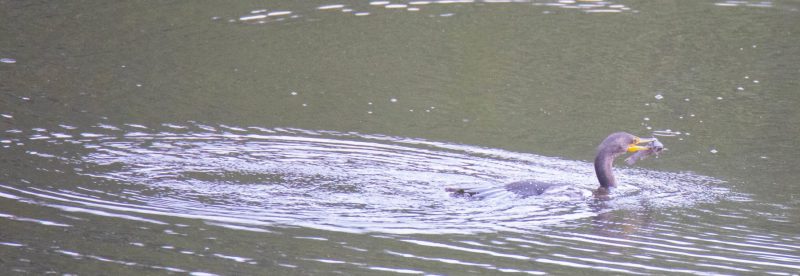
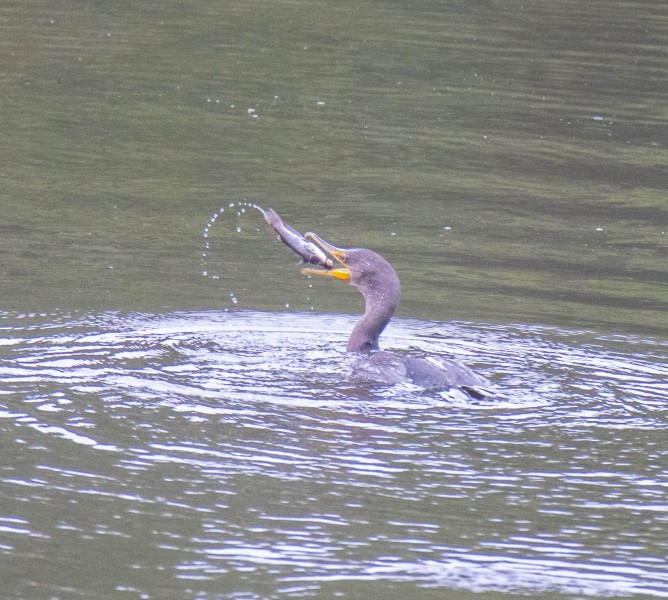
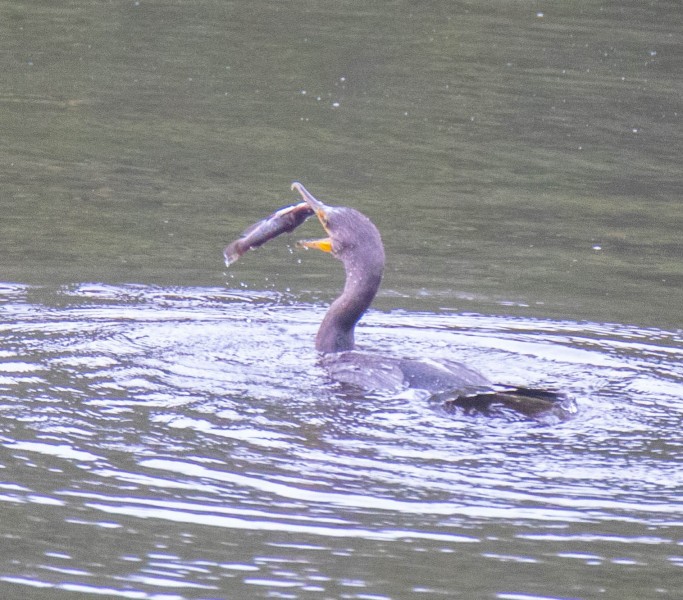
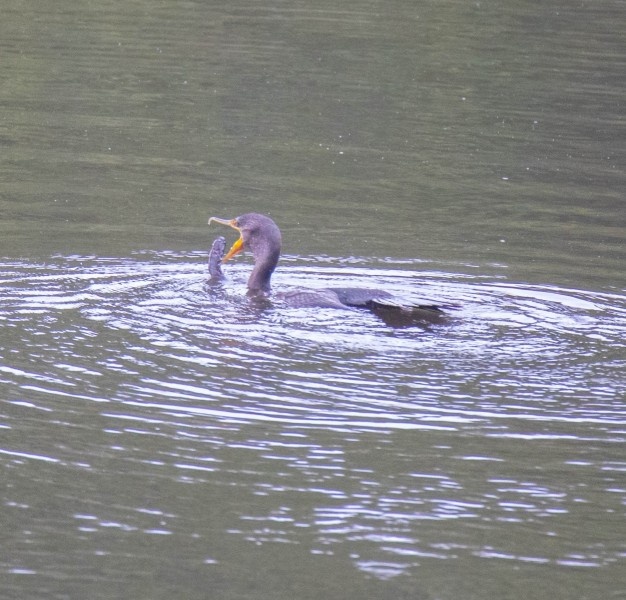
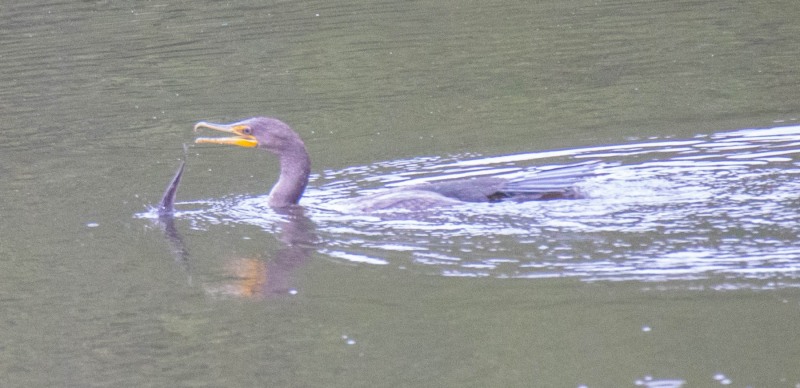
That was a good read Kathy. I know more about cormorants now that I did when I woke up this morning 🙂
Thanks, Robin…that was my goal! 😉